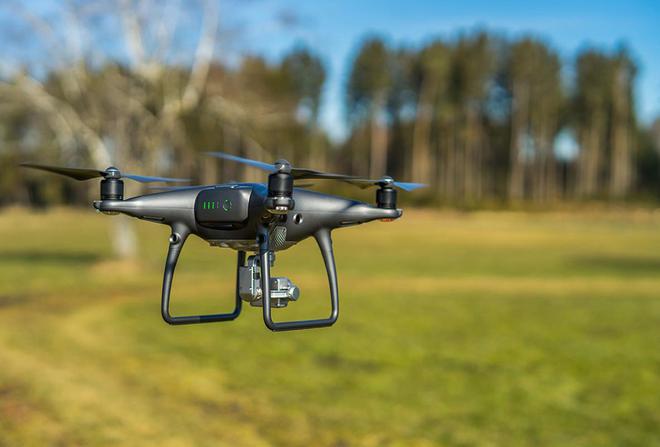Micro drones represent a significant leap in drone technology, offering innovative features and compact designs that are revolutionizing various industries. These small-scale drones, distinct from their larger counterparts, are equipped with advanced capabilities that enable them to perform complex tasks in challenging environments. From personal use to professional applications, micro drones are becoming increasingly popular due to their agility and efficiency.

The Rise of Micro Drones
The surge in the usage of micro drones can be attributed to their versatility and cost-effectiveness. These drones are not just hobby gadgets; they are crucial tools in sectors such as agriculture, surveillance, photography, and research. Their ability to access restricted areas and capture high-resolution data is unmatched, making them invaluable in monitoring and data collection.
Applications in Photography and Videography
In recent years, micro drones have transformed photography and videography by providing unique perspectives and angles that were previously difficult to achieve. Their compact size allows photographers to maneuver them into tight spaces, capturing stunning visuals without disturbing the environment.
Commercial Uses of Micro Drones
Industries are leveraging micro drones for inspections, deliveries, and monitoring. In agriculture, farmers use them to assess crop health and predict yields accurately. Utility companies employ them for infrastructure inspections, reducing costs and increasing safety. This commercial adoption signals a shift towards more sustainable and efficient practices.
Technological Advancements
The evolution of micro drones is fueled by significant technological innovations. Enhanced battery life, improved sensors, and AI integration have pushed the boundaries of what these drones can achieve. With features like obstacle avoidance and automated flight paths, users have greater control and safety assurances.
Moreover, the incorporation of machine learning algorithms allows micro drones to perform intelligently, adapting to their environments and making real-time decisions.
Challenges and Considerations
Despite their advantages, micro drones face challenges such as regulatory compliance, privacy concerns, and limited payload capacity. Addressing these issues is crucial for expanding their adoption and maximizing their potential benefits. Governments worldwide are establishing frameworks to balance innovation with safety and privacy.
Environmental Impact
Micro drones offer a more environmentally friendly solution compared to traditional methods. Their ability to operate on minimal energy reduces carbon footprints, contributing to eco-friendly initiatives across sectors.
Future Prospects
As technology continues to evolve, the potential of micro drones is limitless. Researchers are exploring the integration of renewable energy sources, which could further reduce reliance on conventional power. The prospect of swarming technology, where multiple drones work together seamlessly, is becoming a reality, promising enhanced efficiency.
FAQs on Micro Drones
What are micro drones?
Micro drones are compact unmanned aerial vehicles equipped with advanced technology for diverse applications, including photography, surveillance, and commercial uses.
How do micro drones differ from regular drones?
Micro drones are smaller, offering advantages in maneuverability and accessibility to confined areas, making them ideal for tasks requiring precision.
Are micro drones suitable for beginners?
Yes, many micro drones are designed with user-friendly controls, making them accessible to beginners while offering advanced features for experienced users.